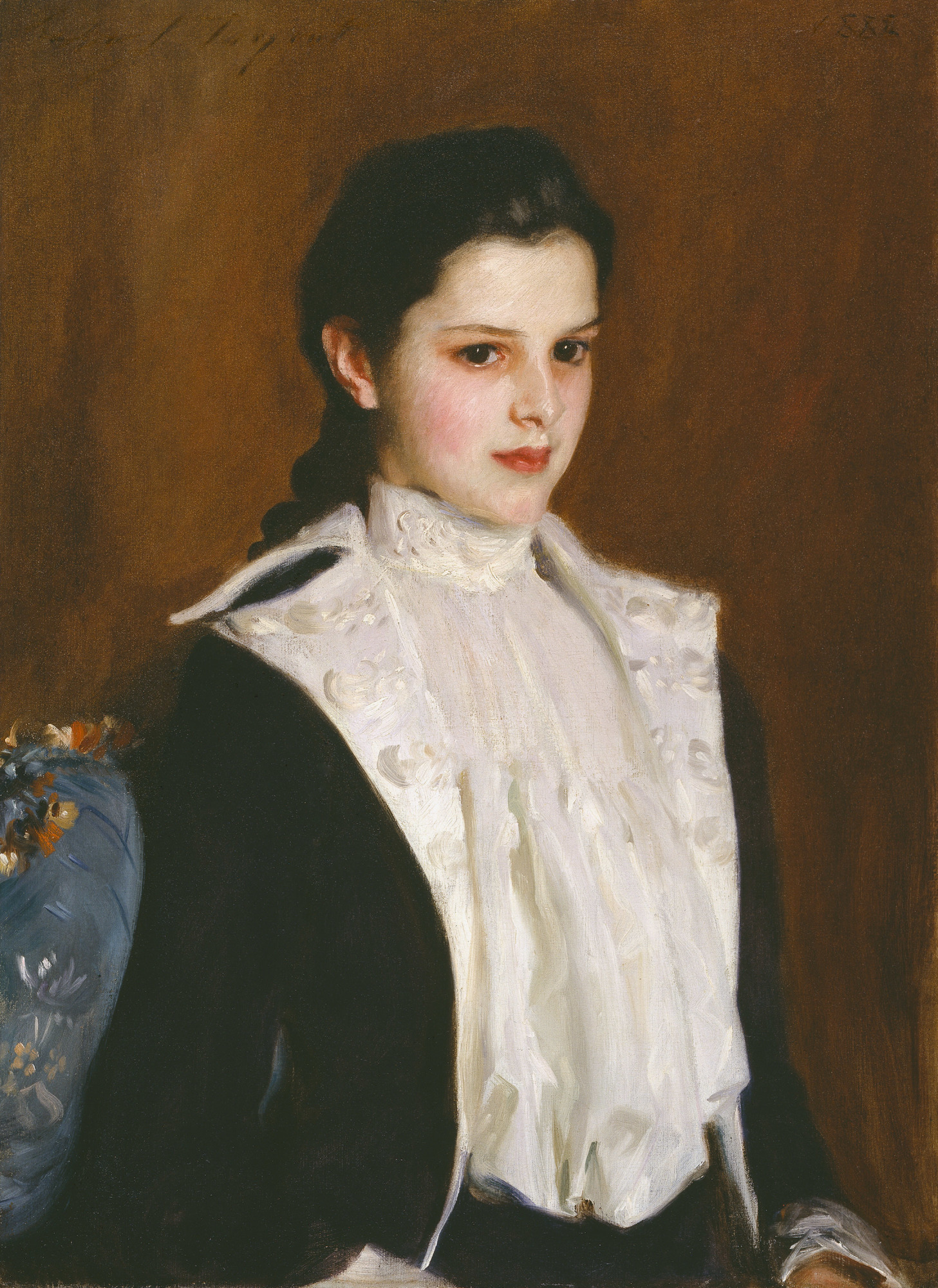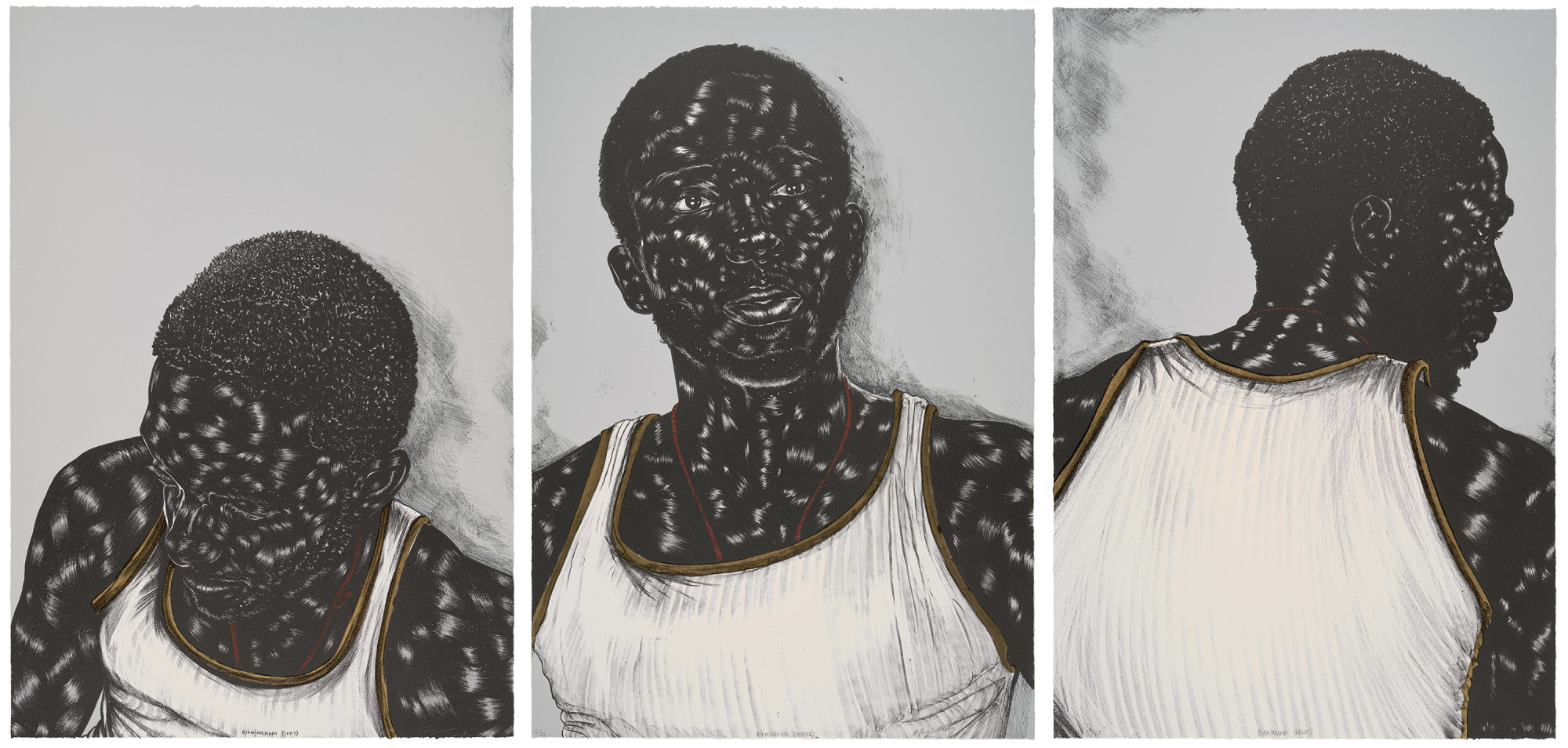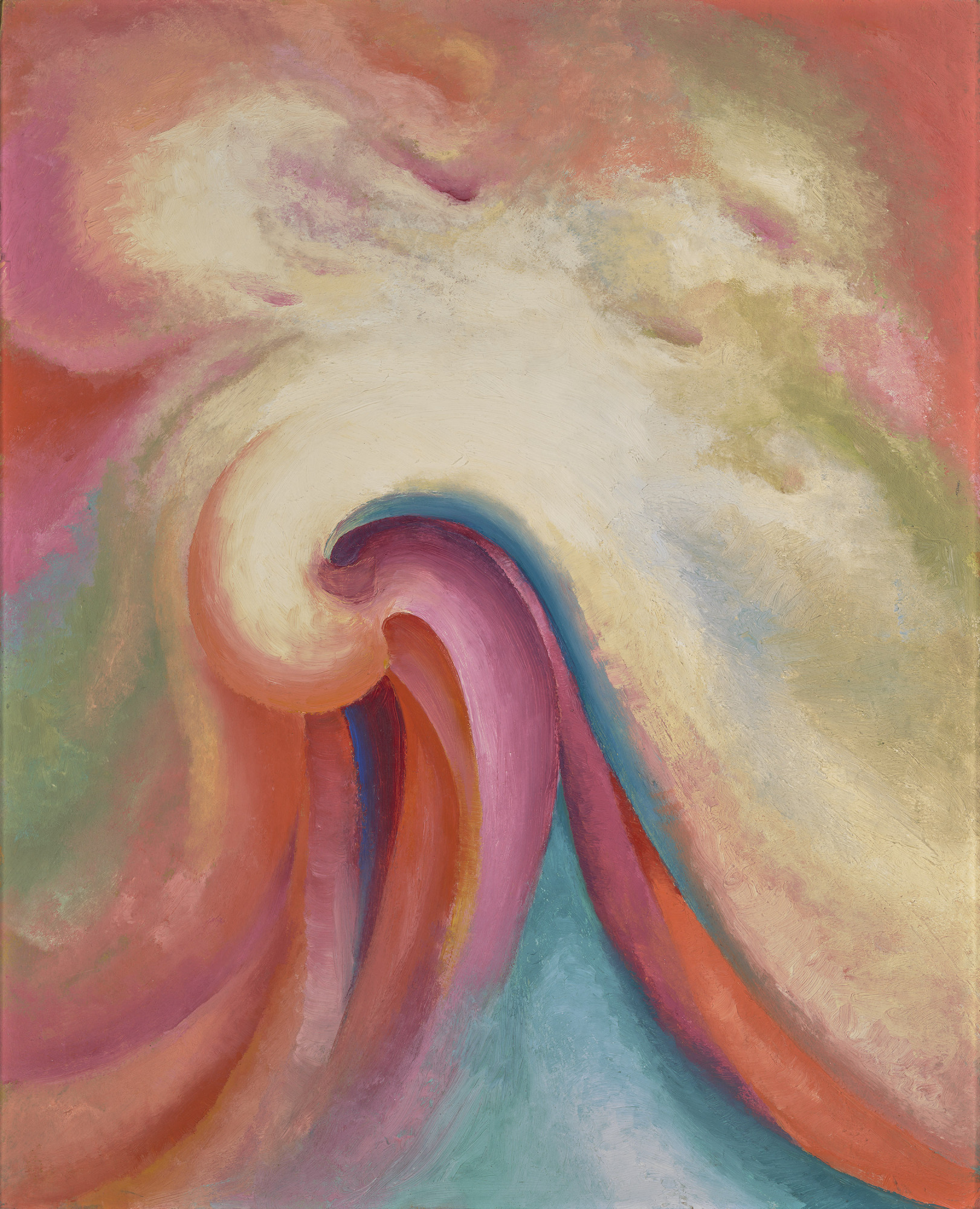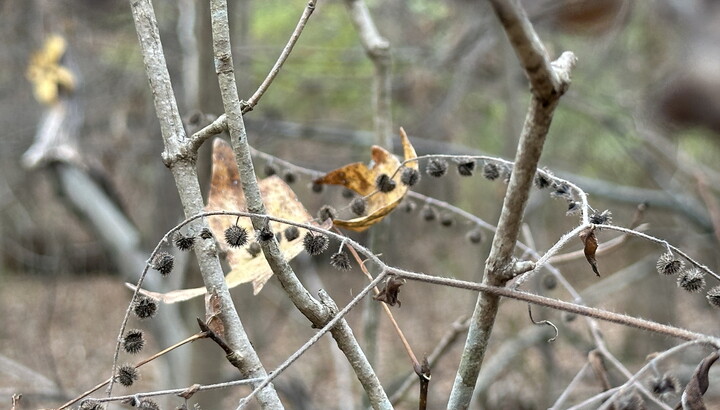The Carter Blog
Carter ARTicles
Art worth falling for
Feb 07, 2024
Hearts for Art is a nationwide museum program intended to engage visitors to share their favorite artworks. Each year on or around Valentine’s Day at the Carter, we give cut-out paper hearts to visitors and ask them to place the heart on the floor beneath their favorite artwork. This is a simple way to show which artworks resonate with visitors. We hope this act inspires visitors to share their love of art with other people.
As a student worker at the Carter, I have met many interesting people who work at the Museum. I really enjoy finding out what other people love, so I asked a few of them to share one of their favorite artworks. Here are some of the works at the Carter that we love.
Will Gillham, Editor and Publisher
One of my favorites, though I have many, is Alice Vanderbilt Shepard. Sargent was among the most sought-after portrait painters in the world at the time of this painting, and he had been commissioned by Alice’s father to paint a portrait of his wife. That painting would take several sittings, and as he got to know the family while he worked, Sargent asked if he could paint a portrait of their daughter, Alice. The mother agreed, but only if Sargent worked quickly. As a result, the portrait of Alice is loosely painted, and you can see brushwork in the skin tones that you normally don't see in Sargent’s portraits. Alice turned out to be not only beautiful, but very smart. She went to Radcliff College, and later in life she helped develop an international language called Interlingua, which is still used by the scientific community today. These details make it a unique work for Sargent and one of my favorite paintings at the Carter.
Katherine Hillman, Communications and Marketing Manager
As someone who studied 19th-century art in graduate school, this painting stood out to me during my first week at the Carter due to its close resemblance to the English Pre-Raphaelite paintings I had seen at the Tate Britain. I later learned that Richards was a member of the American Pre-Raphaelite movement in the mid-19th century. In Woodland Glade, the influence of the movement can be seen through the sharp contrast, attention to detail, and vivid colors. I have always been captivated by the art of the Pre-Raphaelites, and I am so happy that the Carter has an artwork that encapsulates the beauty of this movement. This painting is a beautiful glimpse of a peaceful retreat bathed in soft golden sunlight and is somewhere I would love to read on a warm spring day.
Megan Krznarich, Manager of Gallery Teaching Programs
It’s hard not to be immediately intrigued by this richly detailed lithograph with such beautifully rendered skin and hair. However, what I love most about this work is that it features the artist’s brother in such a tender way. Having lost my own sister a few years ago, I truly appreciate the sibling bond and was instantly touched right in my soul when I saw this work.
Jara Lang, Development Stewardship Coordinator
Every time I see this artwork in the gallery, it instantly brings a feeling of peace. I associate the shapes, forms, and even the color with a beautiful day hiking in the mountains of Colorado. As an artist myself, I aspire to achieve the same effect one day: the way O’Keeffe uses these sinuous forms and color theory to exquisitely express a moment, a place, a feeling—to transport the viewer to a place beyond the canvas.
Anna Molina, Cristo Rey Student Worker
On my very first visit to the Carter, one of the first works that I saw was Series 1—No.1. I was so intrigued by the shape and the way the colors blended into the composition board that I instantly knew it would become one of my favorites. These beautiful colors all combine to create something like a delicate wave that brings the painting together. The one thing that truly caught my eye about this work is how the interpretation is left for those looking at the painting, trying to find a meaning within the artwork.
Alyssa Rocha, Gallery Associate
A work that I always look forward to seeing is Blips and Ifs by Stuart Davis. Davis has become one of my favorite artists since working here. I love to see how he evolved in his career through the paintings at the Museum. Davis found a way to create movement and rhythm in his later paintings just by using organic and geometric shapes in bold and dynamic colors. Blips and Ifs acts as an abstract representation of the changes happening during the painting's creation, not only in art but also in science, technology, the job and housing market, music, and the civil rights movement. It always makes me happy to look at it, and I enjoy seeing the different reactions that our guests have to this painting.














